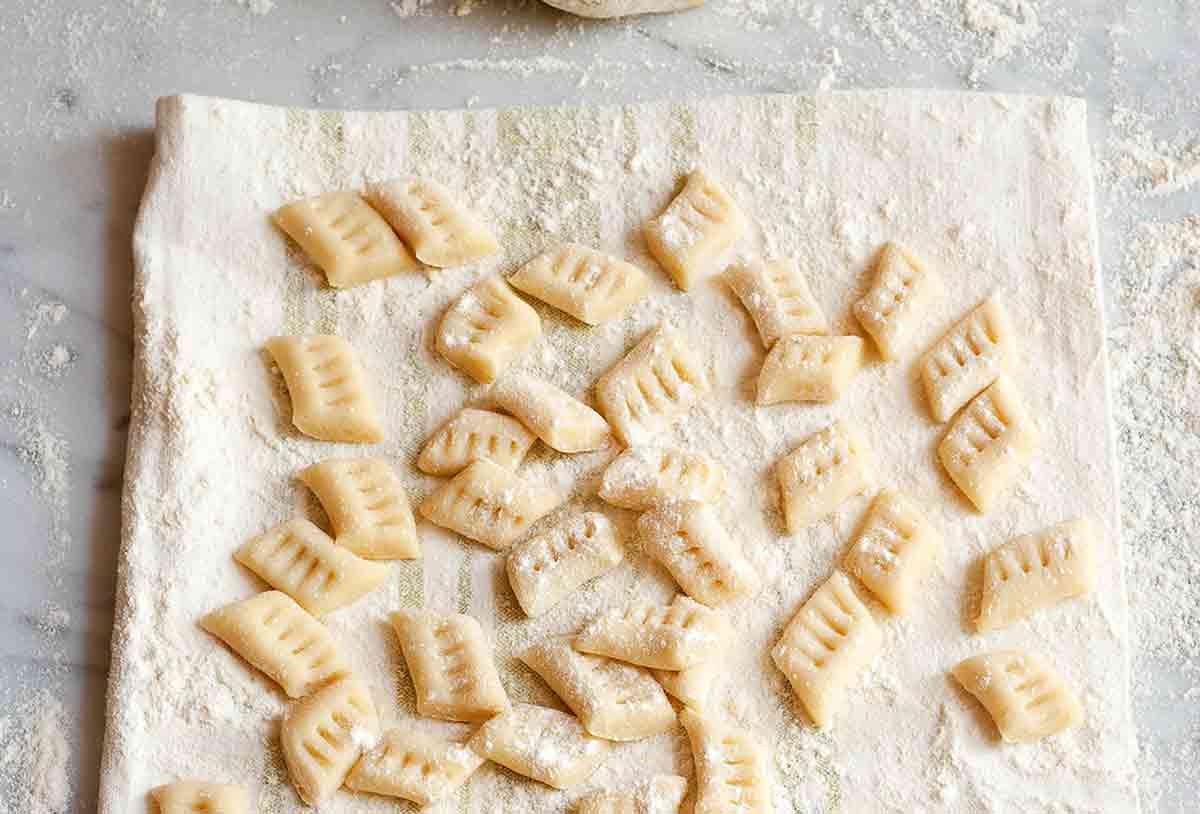

Articles
How To Store Gnocchi Dough
Modified: May 6, 2024
Learn how to store gnocchi dough properly with helpful tips and techniques in this informative article. Keep your dough fresh and ready for cooking.
(Many of the links in this article redirect to a specific reviewed product. Your purchase of these products through affiliate links helps to generate commission for Storables.com, at no extra cost. Learn more)
Introduction
When it comes to making the perfect gnocchi, having a good dough is the foundation of success. Whether you’re making traditional potato gnocchi, ricotta gnocchi, or any other variation, the dough is what sets the stage for a delicious and satisfying dish.
But what do you do if you have leftover gnocchi dough? Can you store it for later use? The answer is yes! In this article, we’ll explore how to store gnocchi dough so that you can enjoy homemade gnocchi anytime you want.
Before diving into the storage methods, let’s first go over the basic ingredients needed to make gnocchi dough. Gnocchi typically require just a few simple ingredients: potatoes, flour, egg, and salt. However, there are variations that use ricotta, semolina, or even pumpkin. The specific recipe will determine the exact measurements and ingredients.
With your gnocchi dough prepared, let’s delve into the different steps you can take to store it properly for future use. Whether you’re planning to use it the next day or freezing it for weeks to come, there are specific techniques you can employ to ensure the quality and taste of your gnocchi remains intact.
Key Takeaways:
- Store gnocchi dough in the refrigerator for up to 24 hours or freeze it for longer storage. Thaw frozen dough slowly for optimal texture and enjoy homemade gnocchi anytime.
- Resting the dough is crucial for better texture. Portion and shape the dough before storing. Freezing allows for extended storage and quick meal preparation.
Read more: How To Store Gnocchi
Ingredients
The ingredients for making gnocchi dough can vary depending on the recipe you choose, but here are the common ingredients you will need:
- Potatoes: Choose starchy potatoes like Russet or Yukon Gold for the best texture.
- Flour: All-purpose flour is commonly used, but you can also use a combination of all-purpose and semolina flour for a firmer texture.
- Egg: The egg acts as a binder for the dough, providing structure and elasticity.
- Salt: A pinch of salt enhances the flavor of the dough.
- Optional: Depending on the recipe, you may need additional ingredients like ricotta cheese, pumpkin puree, or grated Parmesan cheese.
Having these ingredients prepared and ready to use is crucial before you start making your gnocchi dough. Once you have gathered all the necessary ingredients, you can move on to the next step of making the dough itself.
Making the Dough
To make the gnocchi dough, follow these step-by-step instructions:
- Start by boiling the potatoes until they are fork-tender. This usually takes about 15-20 minutes, depending on the size of the potatoes. You can leave the skin on while boiling, or peel them beforehand.
- Once the potatoes are cooked, drain them and let them cool slightly. Then, peel the potatoes and pass them through a potato ricer or mash them until there are no lumps. Alternatively, you can use a food mill for a smoother texture.
- In a mixing bowl, combine the mashed potatoes, flour, beaten egg, and salt. Start with a small amount of flour and gradually add more until the dough comes together. The exact amount of flour may vary based on the moisture content of the potatoes.
- Using your hands, gently knead the dough until it forms a smooth, slightly sticky ball. Be careful not to overwork the dough, as this can result in dense and tough gnocchi.
- If the dough is too sticky, add a little more flour. If it’s too dry, add a teaspoon of water at a time until you achieve the desired consistency.
- Once the dough is ready, divide it into smaller portions for easier handling. You can shape them into logs or rounds, depending on your preference.
Now that you have successfully made the gnocchi dough, it’s time to consider what you should do with any leftover dough that you may have. Storing the dough properly will help maintain its freshness and prevent it from drying out or becoming discolored.
Resting the Dough
After making the gnocchi dough, it is important to allow it to rest before storing or shaping the gnocchi. Resting the dough helps to relax the gluten and allows the ingredients to fully hydrate, resulting in a better texture and easier handling.
To rest the gnocchi dough:
- Place the dough in a lightly floured bowl or on a clean surface.
- Cover it with a clean kitchen towel or plastic wrap to prevent it from drying out.
- Let the dough rest for at least 30 minutes, but ideally up to 2 hours. This resting period allows the dough to become more pliable and easier to work with.
During the resting period, you can prepare any sauces or toppings that you plan to serve with your gnocchi. This way, when the dough is ready, you can immediately proceed to shaping and cooking the gnocchi.
In addition to resting the dough before shaping, it is recommended to rest the shaped gnocchi for a short time before cooking. This further relaxes the gluten and helps the gnocchi maintain its shape during boiling.
By allowing the dough to rest at both stages, you will end up with light, pillow-like gnocchi that are a delight to eat.
Portioning the Dough
Once the gnocchi dough has been rested, it’s time to portion it for cooking or storage. Portioning the dough allows for easier handling and ensures consistent sizes of the gnocchi.
To portion the gnocchi dough:
- Take a portion of the dough and transfer it to a clean, floured surface.
- Using your hands, gently roll the dough into a long rope-like shape, about 1/2 inch in diameter.
- Use a sharp knife or bench scraper to cut the rope into small pieces, about 3/4 to 1 inch in length.
- For traditional gnocchi shape, you can use a fork to create ridges on each piece. Place the cut gnocchi on a lightly floured baking sheet or tray.
- Repeat the process with the remaining dough until all of it has been portioned and shaped.
Once the dough has been portioned, you have a few options for what to do next. If you plan to cook the gnocchi immediately, you can proceed to boiling them in salted water. However, if you have more dough than you need, or if you want to save some for later use, it’s time to consider the best ways to store the gnocchi dough.
Properly storing the gnocchi dough will ensure its freshness and quality, allowing you to enjoy homemade gnocchi at your convenience.
After making gnocchi dough, wrap it tightly in plastic wrap and store it in the refrigerator for up to 2 days. Alternatively, you can freeze the dough for up to 2 months. Just be sure to thaw it in the refrigerator before using.
Read more: How To Store Uncooked Gnocchi
Storing the Dough
If you have leftover gnocchi dough or if you want to make the dough in advance for later use, storing it properly is key to maintaining its freshness and texture. Here are a few methods for storing gnocchi dough:
- Refrigeration: One of the simplest ways to store gnocchi dough is to refrigerate it. Wrap the portioned dough tightly in plastic wrap or place it in an airtight container. Store it in the refrigerator for up to 24 hours. Refrigeration allows the dough to rest and develop more flavor. Before cooking, make sure to bring the dough to room temperature for easier handling.
- Freezing: Freezing is a great option if you want to store the gnocchi dough for a longer period, usually up to a few months. To freeze the dough, first, portion and shape it as desired. Place the shaped gnocchi on a baking sheet lined with parchment paper and freeze it until firm. Once frozen, transfer the gnocchi to a freezer bag or airtight container. Label it with the date and store it in the freezer. Frozen gnocchi dough can be cooked directly from frozen without thawing, making it a convenient option for quick meals.
When storing gnocchi dough, it’s important to keep it properly sealed to prevent drying out. Additionally, be mindful of the storage duration to maintain the best quality of the dough.
Once you’re ready to cook the stored gnocchi dough, simply follow your desired recipe and enjoy the homemade goodness straight from your storage.
Freezing the Dough
If you have gnocchi dough that you want to store for an extended period, freezing it is an excellent option. Freezing the dough preserves its freshness and allows you to have homemade gnocchi readily available whenever you desire. Here’s how you can freeze gnocchi dough:
- Prepare the gnocchi dough according to your desired recipe, shaping it into individual portions.
- Place the shaped gnocchi dough onto a baking sheet lined with parchment paper. Make sure the pieces are not touching to prevent sticking together.
- Put the baking sheet with the gnocchi dough into the freezer and let them freeze until firm, usually about 1 to 2 hours. This initial freezing step helps the individual pieces maintain their shape during long-term storage.
- Once the gnocchi dough pieces are frozen, transfer them into a freezer-safe bag or airtight container. Make sure to label the container with the date for future reference.
- Place the container back into the freezer for long-term storage.
By freezing the gnocchi dough, it can be stored for an extended period, typically up to 2 to 3 months. This allows you to have conveniently homemade gnocchi whenever you crave it.
When you’re ready to cook the frozen gnocchi dough, there’s no need to thaw it beforehand. You can directly drop the frozen gnocchi into a pot of boiling water and cook them as you would with fresh gnocchi, adding an extra minute or two to the cooking time. It’s important to remember not to overcrowd the pot and cook the gnocchi in batches, ensuring they have enough room to cook evenly.
With frozen gnocchi dough on hand, you can effortlessly whip up a delicious meal in no time. Whether you opt for a simple sauce, a hearty stew, or a flavorful bake, your homemade gnocchi will impress with its taste and texture, making it well worth the effort of freezing the dough.
Thawing the Dough
If you have frozen gnocchi dough that you’d like to use, it’s important to thaw it properly to ensure optimal texture and flavor. Thawing the dough before cooking allows it to soften and become easier to work with. Here are a few methods for thawing gnocchi dough:
- Refrigerator method: The best way to thaw gnocchi dough is to transfer it from the freezer to the refrigerator. Place the frozen dough in a container or on a plate and let it thaw slowly in the refrigerator overnight. This gentle thawing process prevents the dough from becoming too wet or losing its shape.
- Room temperature method: If you’re short on time, you can thaw the gnocchi dough at room temperature. Remove the frozen dough from its container and place it on a parchment-lined baking sheet. Allow the dough to sit at room temperature for about 1 to 2 hours, or until it becomes pliable. Keep an eye on it and avoid leaving it out for too long to prevent it from getting too soft.
Whichever method you choose, it’s important to monitor the thawing process to prevent the dough from over-thawing or becoming mushy. Once thawed, the gnocchi dough is ready to be cooked according to your desired recipe.
When cooking the thawed gnocchi dough, ensure that the water is boiling before adding the gnocchi. The process for cooking thawed gnocchi is the same as cooking fresh gnocchi. Gently drop the gnocchi into the boiling water and cook them until they float to the surface, which typically takes about 2 to 3 minutes. Be careful not to overcrowd the pot and cook the gnocchi in batches if necessary.
Thawed gnocchi dough may not have the same level of firmness and resilience as fresh dough, but it will still yield delicious homemade gnocchi. The thawed dough may be slightly more delicate, so handle it with care when shaping or cooking.
With the proper thawing technique, you can easily incorporate frozen gnocchi dough into your meal plans and enjoy the convenience of having homemade gnocchi at your fingertips.
Conclusion
Making gnocchi dough from scratch allows you to create a delicious and satisfying Italian dish that is sure to impress. Whether you’re making potato gnocchi, ricotta gnocchi, or any other variation, knowing how to store the dough properly ensures that you can enjoy homemade gnocchi anytime you desire.
Throughout this article, we’ve explored different methods for storing gnocchi dough. Whether you choose to refrigerate or freeze the dough, following the proper techniques will help maintain its freshness and quality.
When storing gnocchi dough, remember to tightly wrap it or place it in an airtight container to prevent it from drying out. Take extra care to label and date your frozen dough to ensure you use it within the recommended storage time.
Additionally, the process of thawing gnocchi dough is crucial for achieving the best texture and taste. Thaw the dough slowly in the refrigerator or at room temperature before cooking. This will allow the dough to soften and become pliable for shaping and cooking.
Whether you cook the gnocchi immediately or save it for later, homemade gnocchi is a delightful dish that brings comfort and satisfaction to any mealtime. By mastering the art of storing gnocchi dough, you have the freedom and convenience to enjoy this Italian delicacy whenever the craving strikes.
So, the next time you make gnocchi dough, don’t worry about any leftovers. Store them properly, follow the steps for thawing, and get ready to relish in the homemade goodness of freshly cooked gnocchi. Bon appétit!
Now that you've got your gnocchi dough ready and stored, why stop there? Sprucing up your kitchen space is just as rewarding. For those grappling with crammed cooking areas, our next article offers smart, efficient ways for organizing a small kitchen. From clever hacks to simple adjustments, discover how to make the most of every inch in your kitchen. These tips not only save space but also streamline your cooking process, making your culinary zone both functional and stylish.
Frequently Asked Questions about How To Store Gnocchi Dough
Was this page helpful?
At Storables.com, we guarantee accurate and reliable information. Our content, validated by Expert Board Contributors, is crafted following stringent Editorial Policies. We're committed to providing you with well-researched, expert-backed insights for all your informational needs.
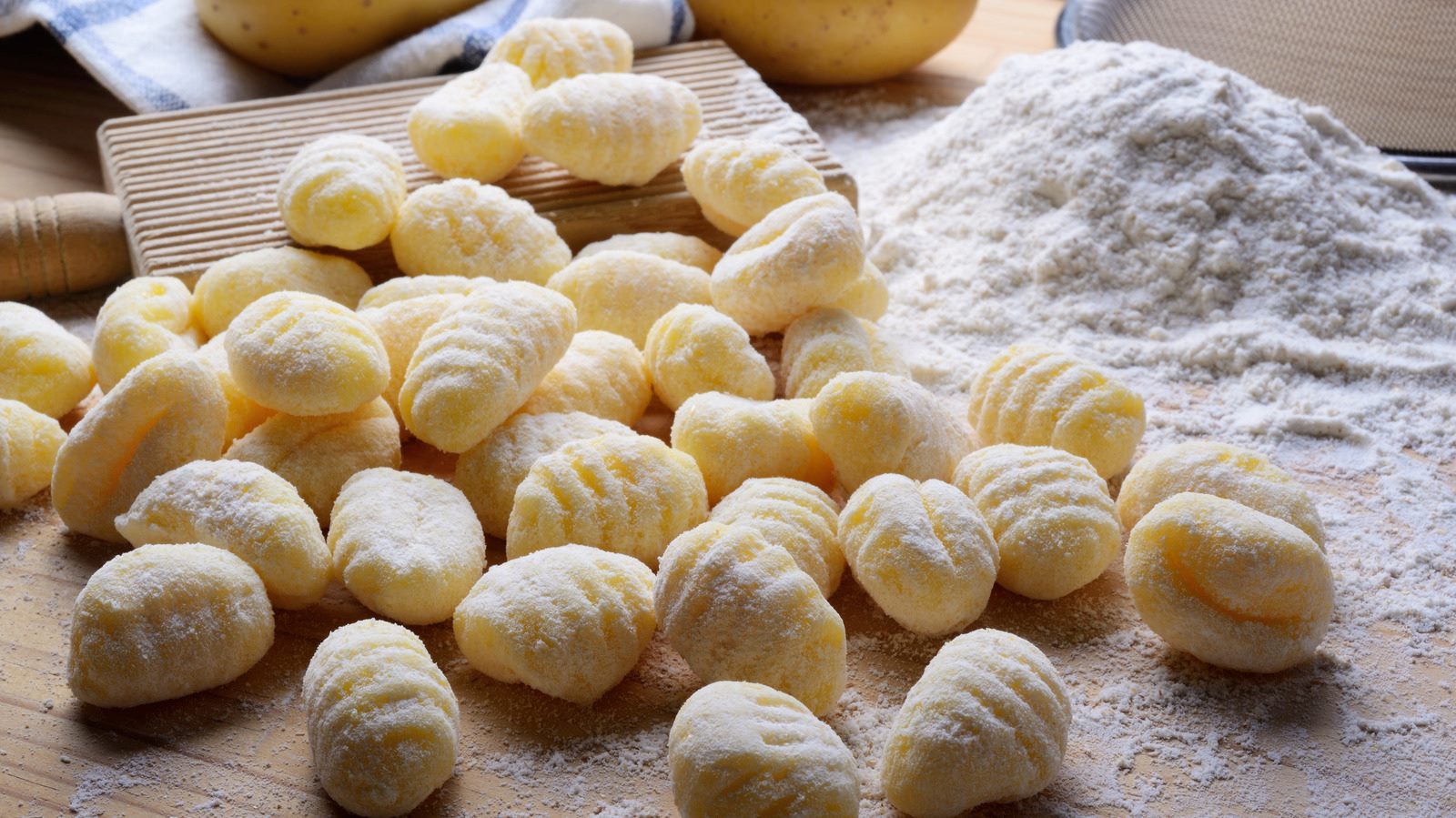
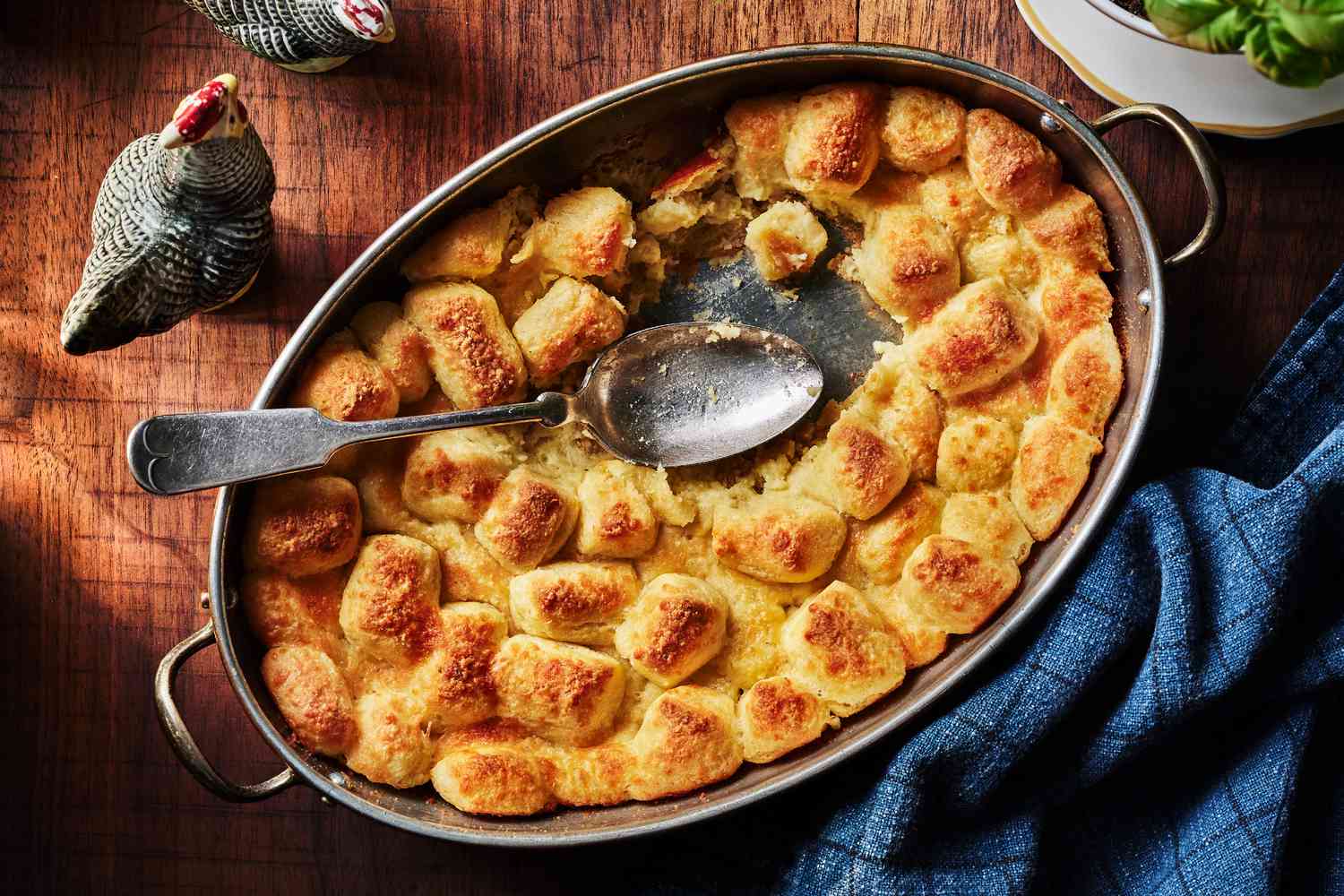
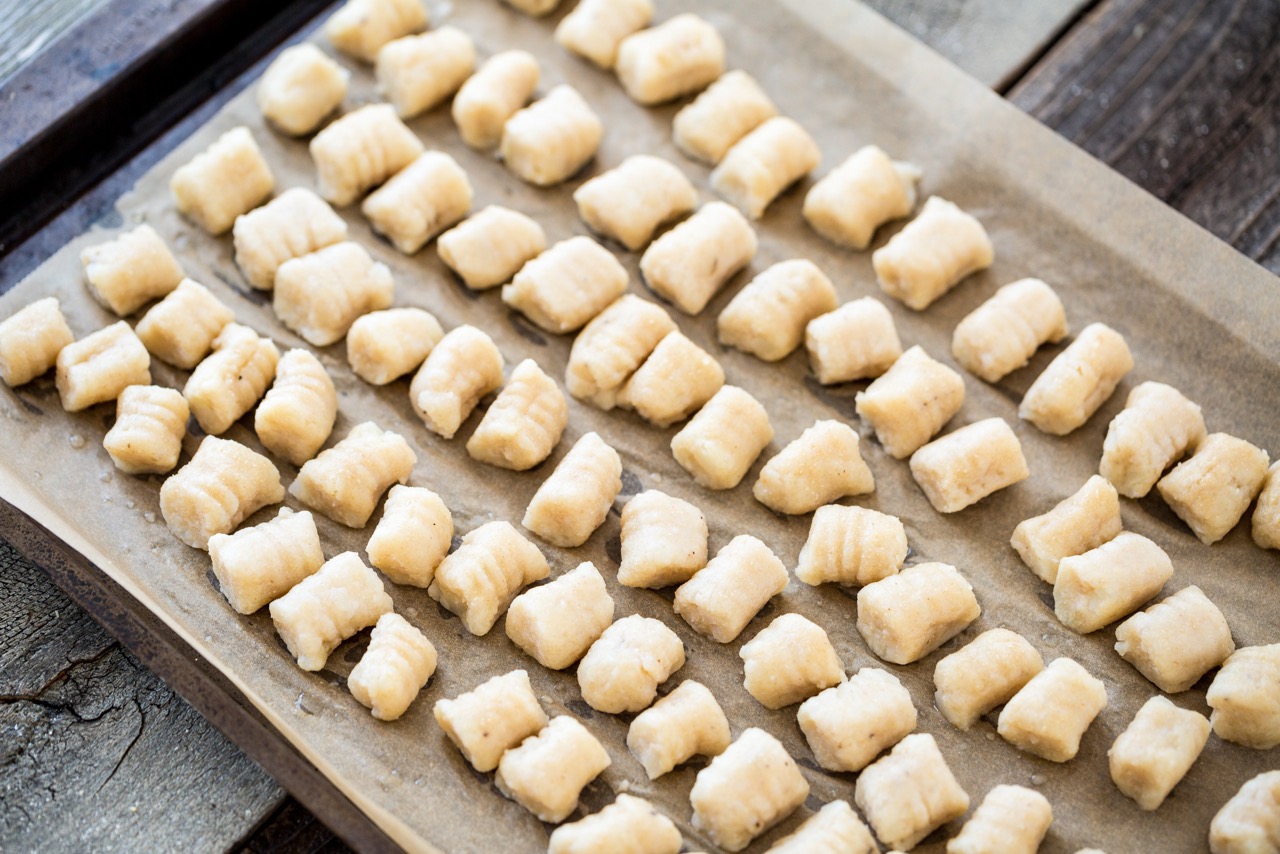
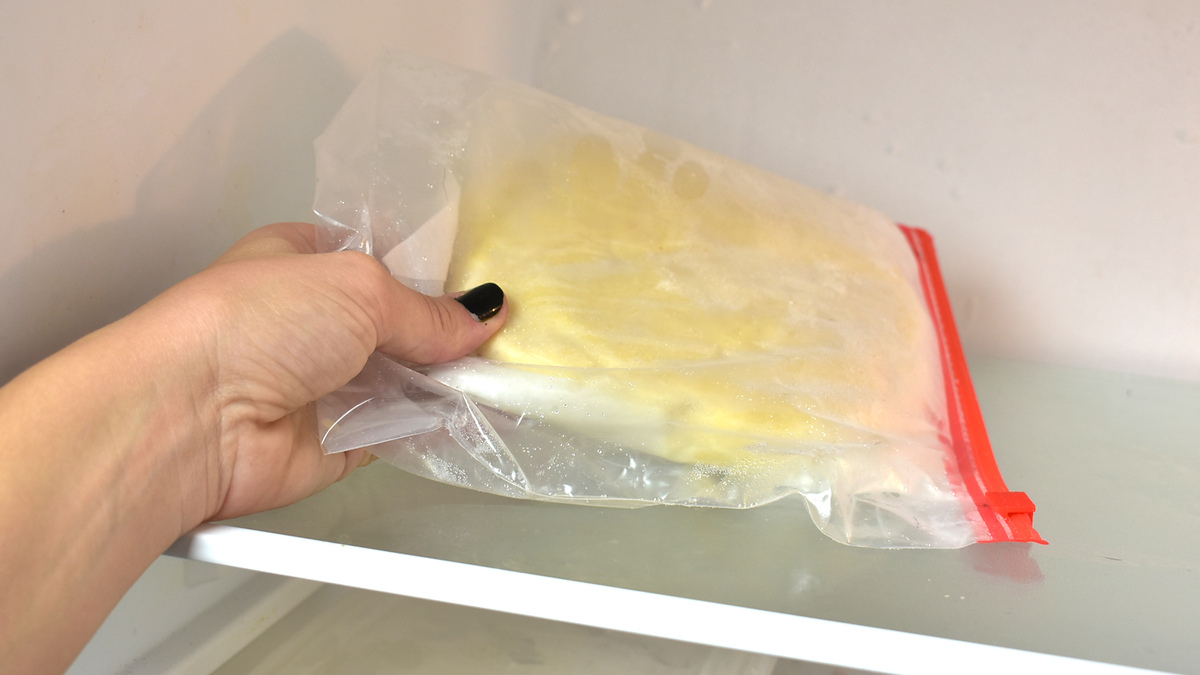
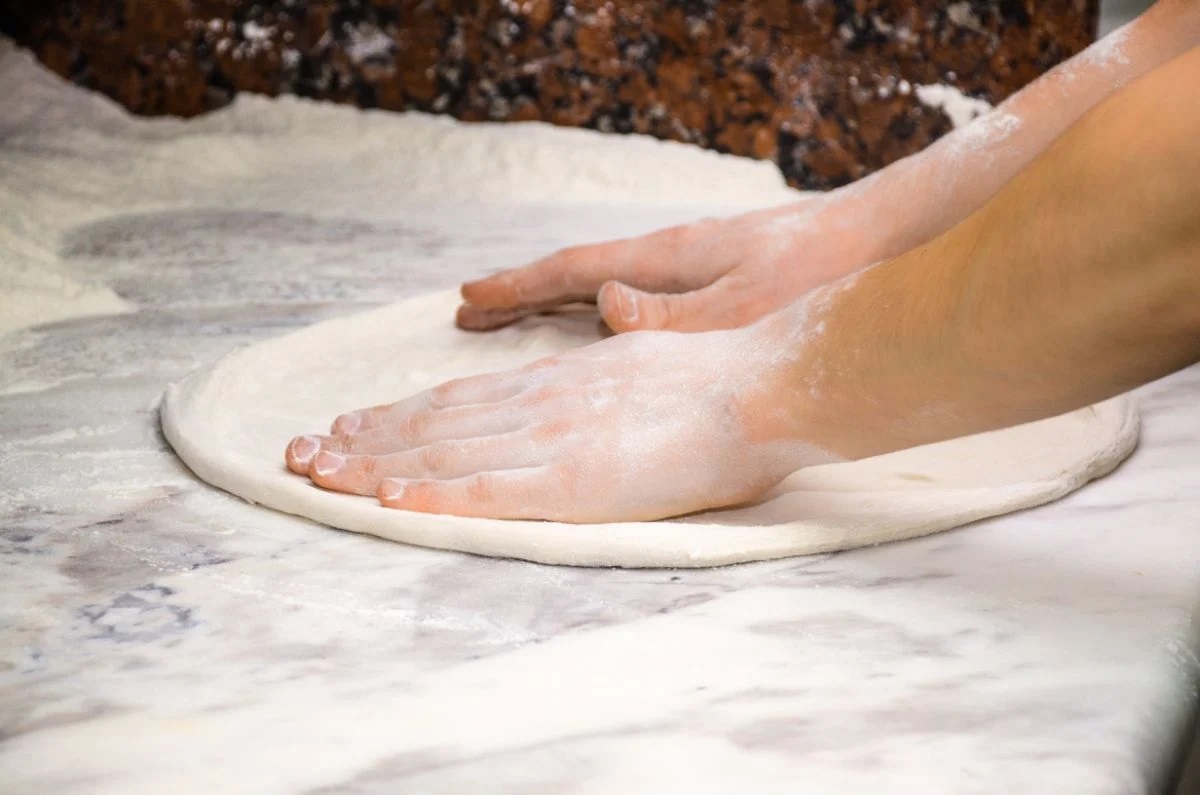
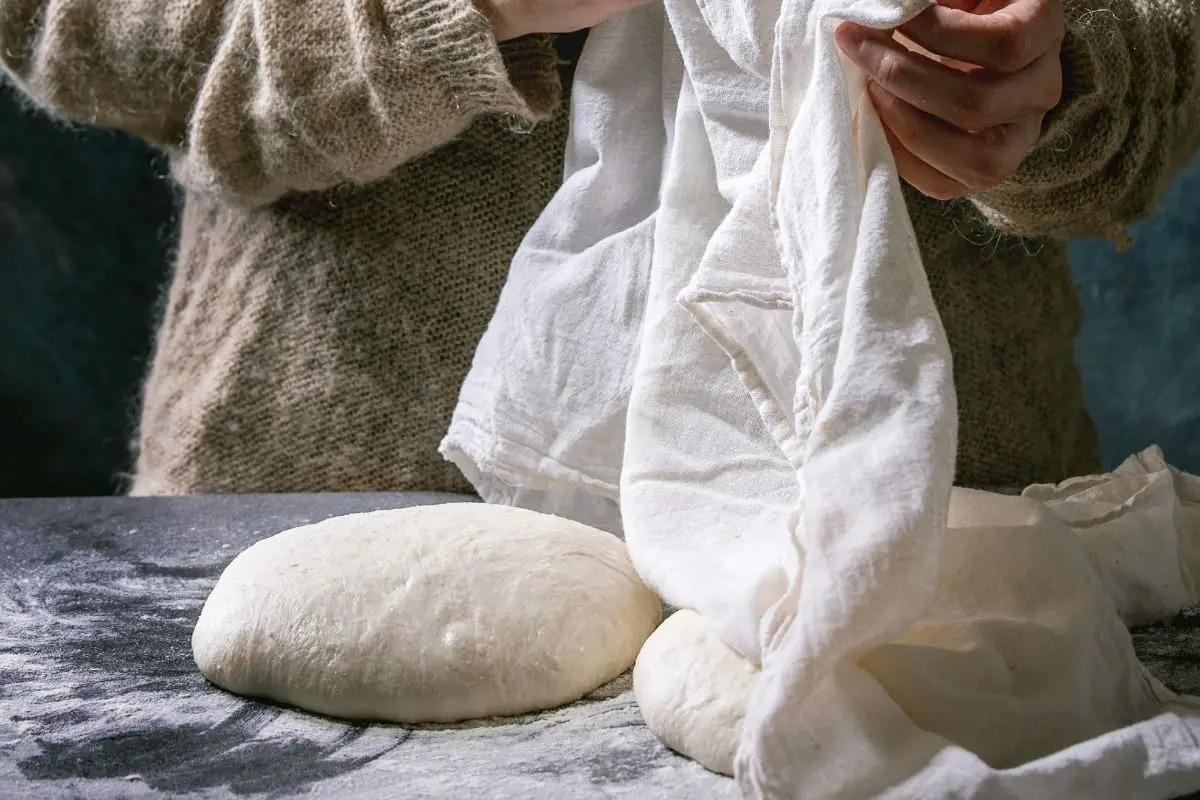
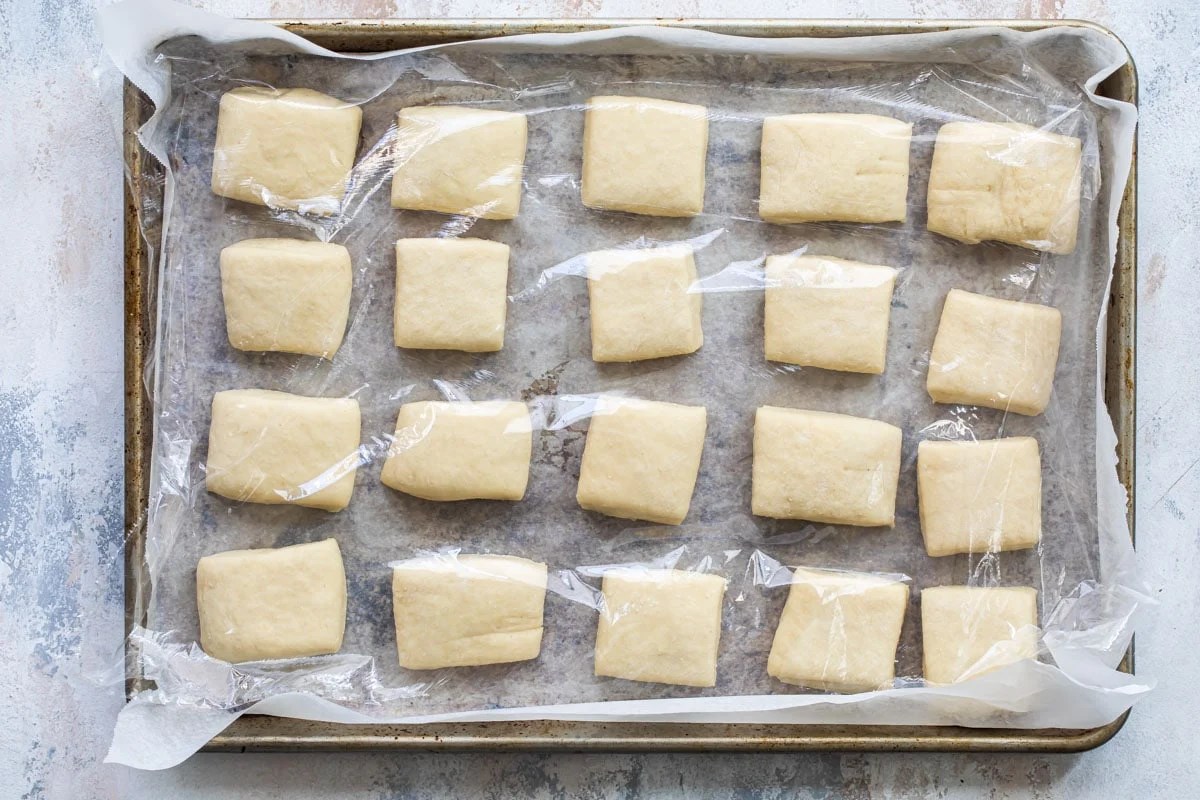
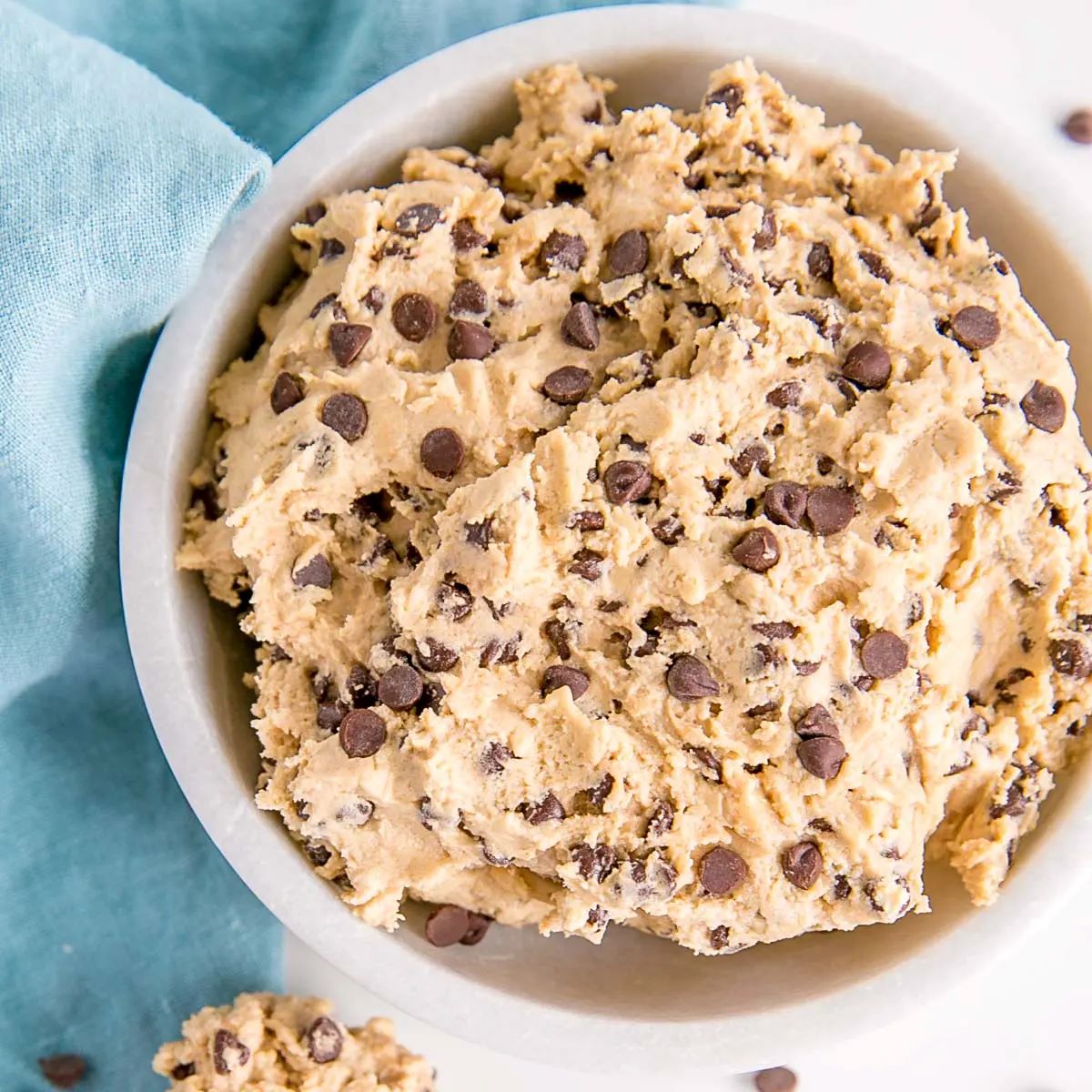
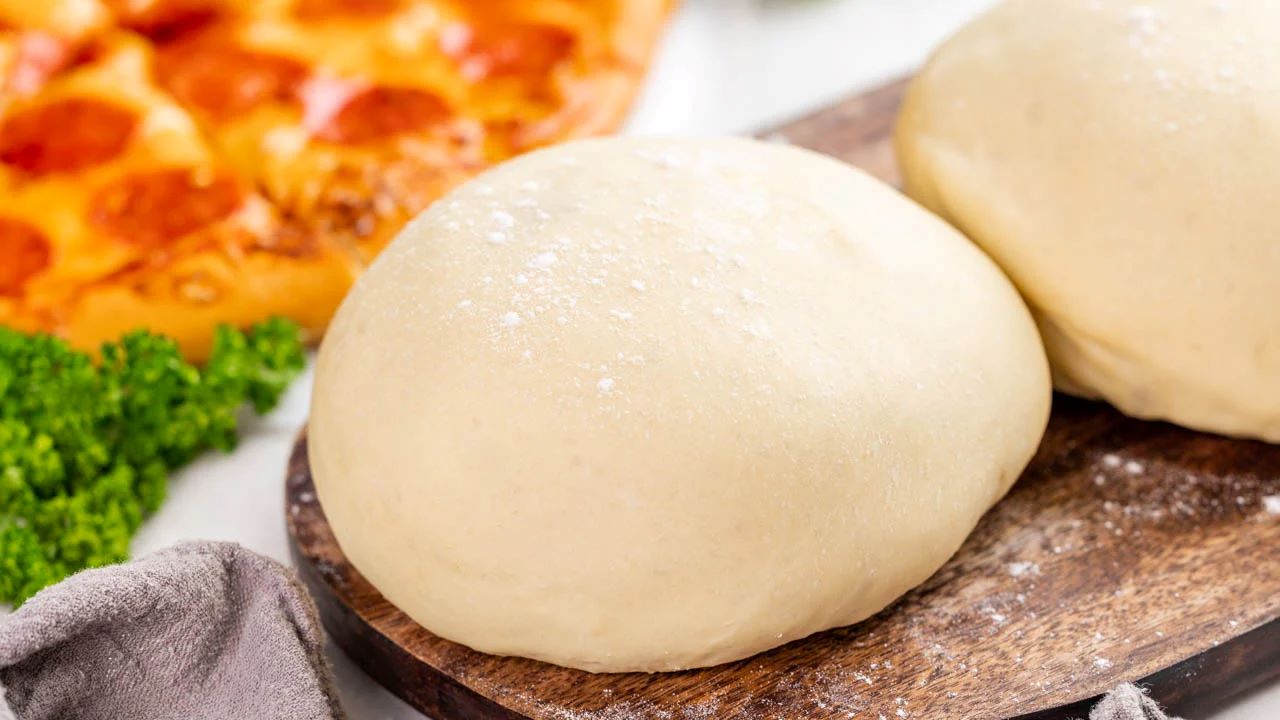
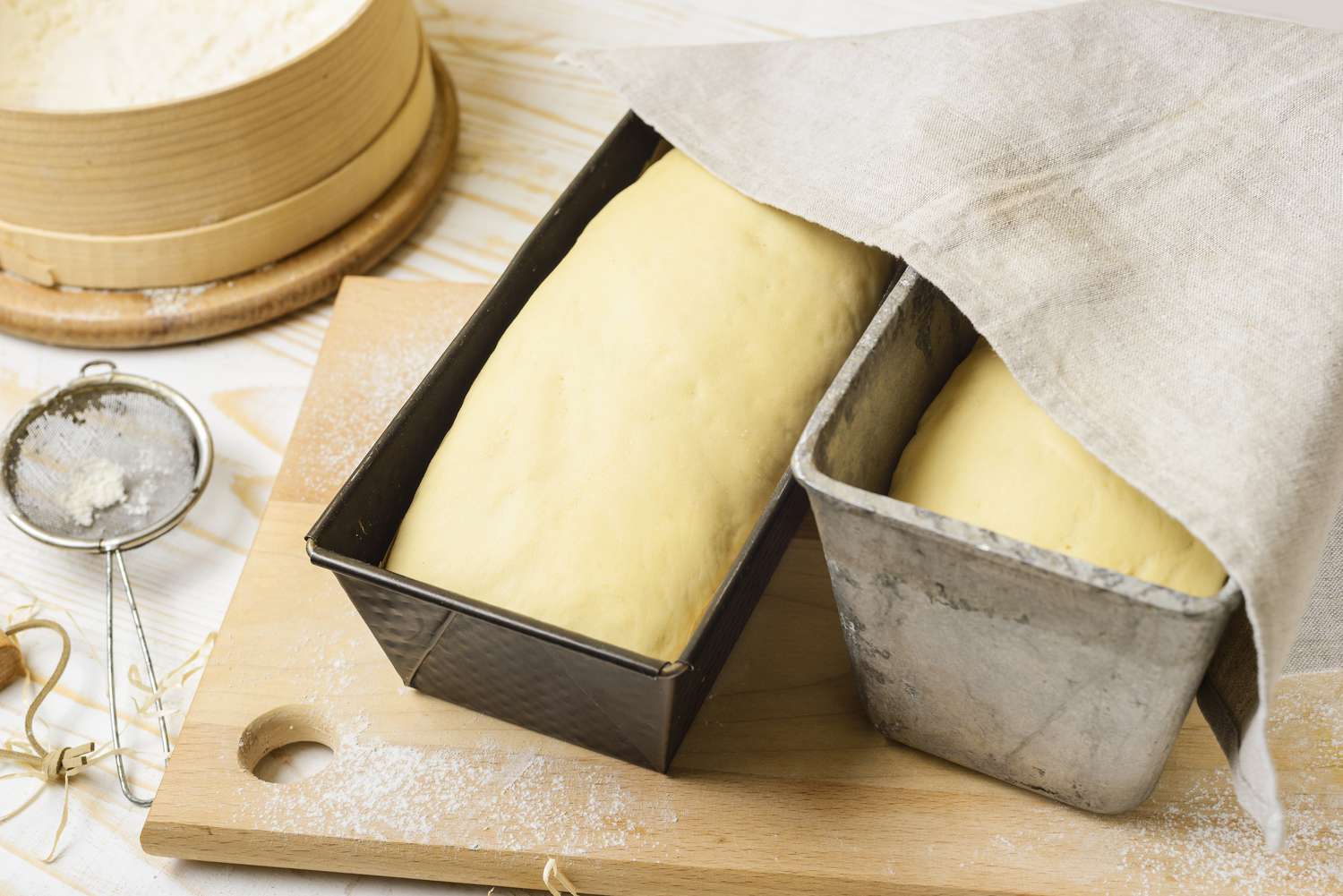
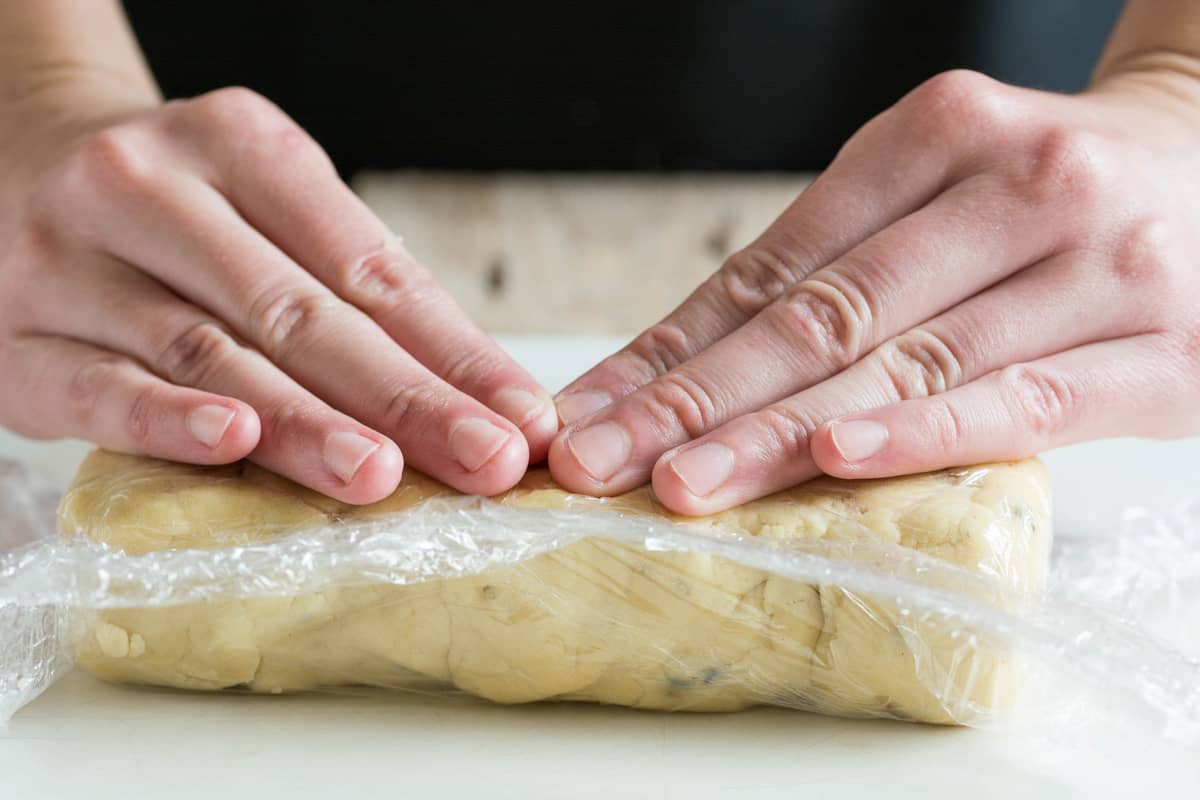
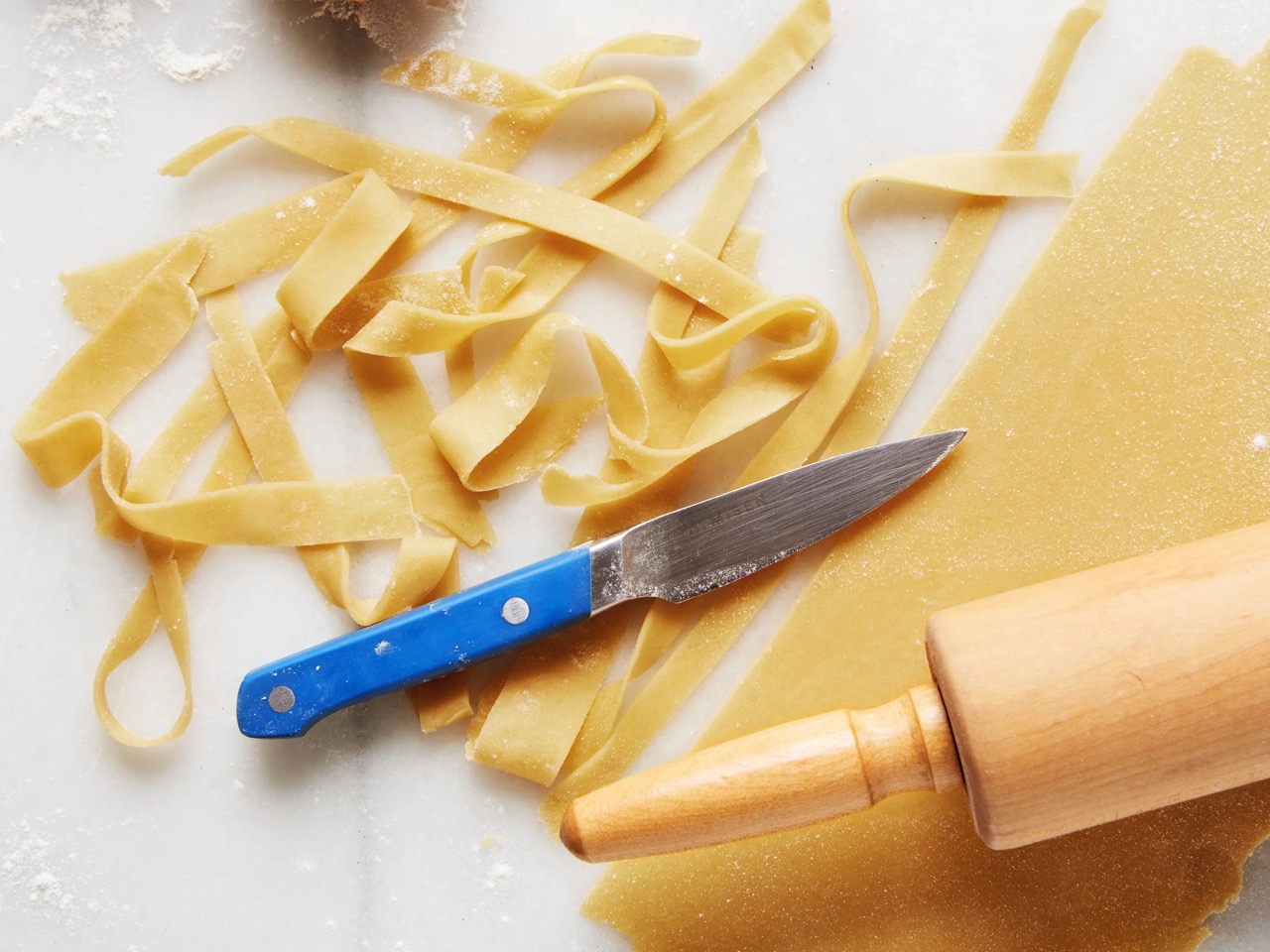

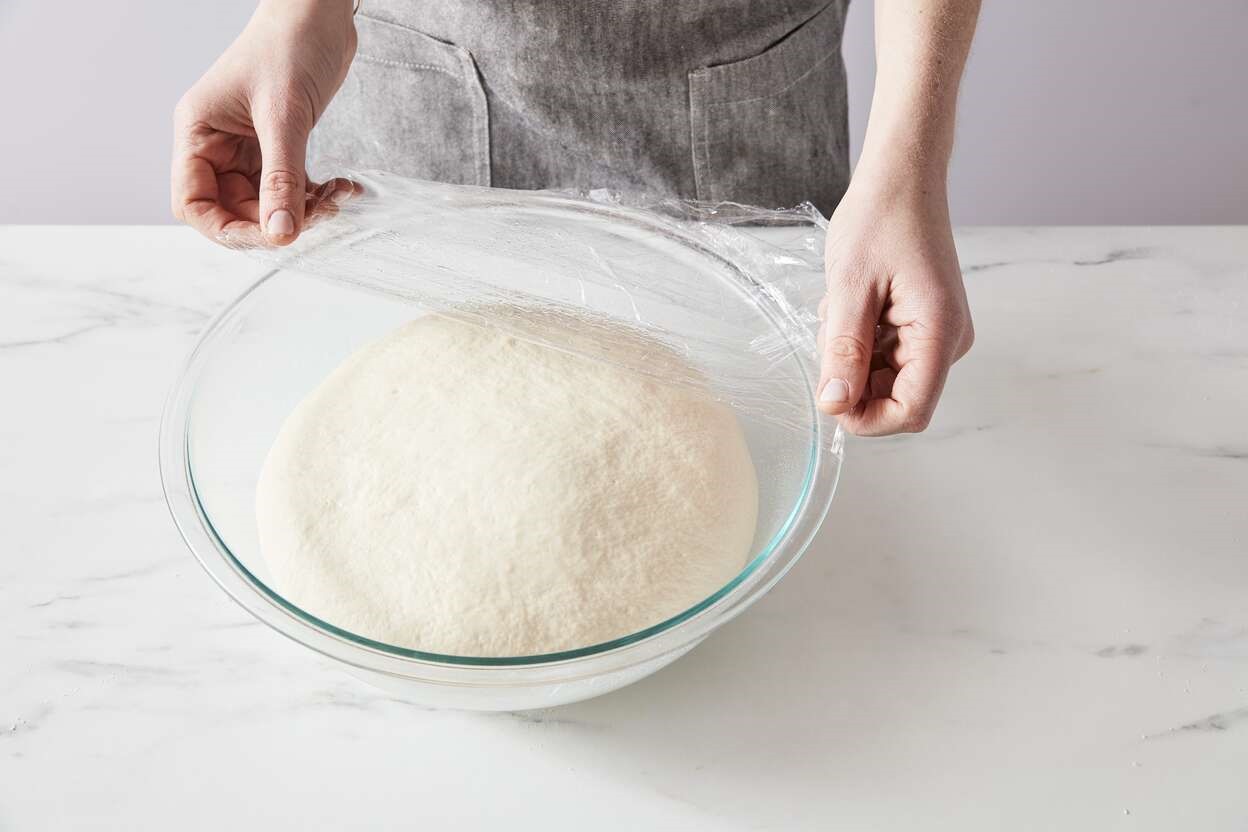

0 thoughts on “How To Store Gnocchi Dough”